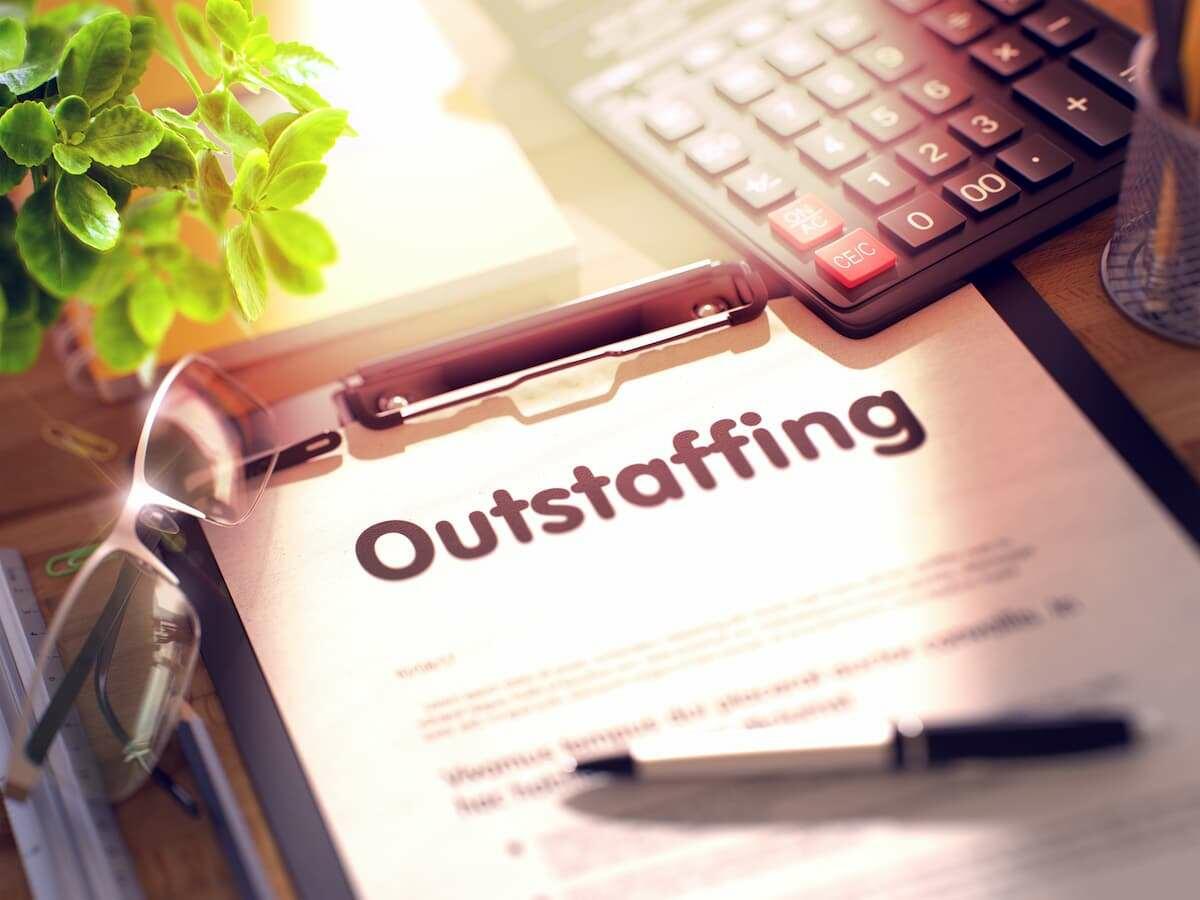Types of Enterprise Systems and their Modules’ Explanation
Content
Plan and manage all resources required to meet customer demand for a company’s product or service. When the supply chain is established, determine metrics to measure whether the supply chain is efficient, effective, delivers value to customers and meets company goals. A company’s supply chain describes how raw materials are transformed into finished products and shipped to retailers and customers. An excellent choice amongst the top CRM platforms in the market is Crust.
Think about how these supply chain management tools could empower your operations in the digital age. If what you’re imagining is where you’d like to see your company in the near future, it’s high time you invested in a solution. To select a system with supply chain management systems are a type of enterprise system the tools your business needs most, you’ll have to create a list of requirements. You may have a winning model in place with all the best tools on the market, but you’ll hit an expensive snag without following proper supply chain management techniques.
Top 10 Manufacturing ERP Systems Report
Decision-makers can understand carrier performance along with delay and error patterns. Complete transportation visibility improves their processes while retiring less useful methods. Lean production is a concept that dates back to the 1940s, created by Toyota and inspired by Henry Ford’s just-in-time production. The idea is to only create what’s needed at the moment, determined by current and projected customer demand. Before lean production, manufacturers would create and house large surpluses of goods. This technique resulted in massive inefficiencies, wasting time and effort.

For optimization of all the processes, they enjoy great benefits from using CRM. Organizations use CRM for gathering details of their clientele, decrease the time employees spend on routine tasks, grow their businesses. 19) Analytical CRM uses a customer data warehouse and tools to analyze customer data collected from the firm’s customer touch points and from other sources. 18) CRM software can help organizations identify high-value customers for preferential treatments. It requires strategic planning, a thorough software selection, proactive data management, and a variety of other critical success factors. If you’re just beginning this journey, it helps to have a basic overview of each of these…
Organize the activities required to accept raw materials, manufacture the product, test for quality, package for shipping and schedule for delivery. Typical problems in supply chains arise from unforeseeable events. In a plant nursery, variations in the weather, growing season, plant diseases, and crop output would be uncertainties. Other problems might be interstate regulations governing plants allowed in different states, and making sure plants survive and are healthy during transportation. It would be very important to have up-to-date forecasting of the weather or growing seasons that could anticipate possible problems, and analyze and determine the best transportation routes. The downstream portion of the supply chain includes retailers and customers.
It also minimizes human error since there’s no need to manually take down order information and re-enter it into a different system. Produce products and services that coordinate with hundreds or more firms and suppliers. In a pull-based model of SCM systems, actual customer orders or purchases trigger events in the supply chain. Enterprise systems are built around a small number of predefined business processes. Some experts have suggested that as supply chain technological applications get more complicated, failing to deliver improved performance will result in firms cutting back on technology and IT spending. Cross-selling is the marketing of complementary products to customers.
History of Supply Chain Management
11) It can cost six times more to sell a product to a new customer than to an existing customer. Which manufacturing ERP systems have the strongest functionality? Discover which systems have the most advanced capabilities in our technology agnostic report and decide on whether an ERP or MRP system is right for your firm today.
Prioritizing fluidity can also help companies work around common issues that could threaten to slow production, including issues with sourcing and regulatory compliance. The ability to adjust parameters as required is essential, and newer SCM technologies provide it. Now, customers can engage with and purchase from companies in multiple ways, including in-store and online. In fact,more than 60%of today’s buyers want personalization included as a standard of service, and expect to be recognized as an individual when they receive an offer from a company.
What is a Supply Chain Management System?
The better and more effective a company’s supply chain management is, the better it protects its business reputation and long-term sustainability. Improving the allocation of “available to promise” inventory. Analytical software tools help to dynamically allocate resources and schedule work based on the sales forecast, actual orders and promised delivery of raw materials. Manufacturers can confirm a product delivery date when the order is placed — significantly reducing incorrectly-filled orders.
At their core, SCM systems have always been built to maximize efficiency and reduce operating costs. While that goal remains, the customer experience is now taking center stage. To maintain a competitive advantage, companies must be able to identify and leverage the SCM tools that will enable them to deliver goods and services to their buyers in the timeframe they expect. The ability to proactively recognize these glitches ensures that the supply chain can continue uninterrupted, without timely and costly roadblocks.
Raw materials, manufacturing, logistics, and trade and order management must all be coordinated to get a given item to the customer within a reasonable timeframe. To accomplish this, companies must look at their supply chains through their customers’ eyes. It’s not simply about getting the order to the customer on time; it’s about doing everything at the right time—before, during, and after order delivery.
- Additionally, with PRM capabilities, products needed by the nursing service would be more easily anticipated, ordered, and delivered.
- 11) It can cost six times more to sell a product to a new customer than to an existing customer.
- Try us out first and enjoy 60 days of risk-free IT services.
- This could be information about your company’s assets, inventory management, and properties.
- E) develop products and services that coordinate with many firms and suppliers.
Different tools offer different reporting methods, including tables, charts and dashboards. Dashboards are one of the most common methods, as they offer quick information https://globalcloudteam.com/ as soon as a user logs into the system. Dashboard configuration is available to show the most relevant key performance indicators as determined by the user.
Company
On the other hand, when demand is unexpectedly low, you risk running high carrying costs you could’ve avoided otherwise. Systems that enable a firm to generate demand forecasts for a product, and to develop sourcing and manufacturing plans for that product, best describes supply chain ________ systems. Marketing modules in CRM systems would provide tools for A) assigning and managing customer service requests. A supply chain consists of a network of organizations and facilities that work in tandem to transform raw materials into finished, customer-ready products.

Before the pre-Internet environment, supply chain coordination was hampered by the difficulties of making information flow smoothly among different internal supply chain processes. Using social networking tools to converse with customers is called A) analytical CRM. Analyzing customer buying patterns is an example of A) CLTV. B) analytical CRM. Before the Internet, supply chain coordination was hampered by the difficulties of making information flow smoothly among different internal supply chain processes. Each type of enterprise software solution focuses on specific goals and offers different functionalities. When deciding on which type of information system to choose, make sure it complies with strategic planning and major goals of your business.
Many supply chains have begun this process, with participation in cloud-based commerce networks at an all-time high and major efforts underway to bolster analytics capabilities. Identify and describe the two types of customer relationship management applications. A company having difficulty with timely delivery of parts to its manufacturing plants should look to implementing a supply chain planning system. D. Enterprise applications are best implemented when few changes in business processes are required. An enterprise system helps reduce redundant business processes. Supply chain management systems are a type of enterprise system.
Warehouse Management
Corteza is an open-source low-code application development platform, developed and maintained by Planet Crust. Corteza can help you build personalized, customizable enterprise systems that are perfect for managing and automating your business’s processes. Get a free trialto take advantage of the multitude of advantages of the different types of enterprise systems.
Supply Chain Enterprise Systems: The Silver Bullet?
The sales module handles workflows like inquiries, quotations, orders, and invoices. It helps boost leads, speed up the sales cycle, and earn more profits. Marketing software helps build highly personalized marketing campaigns, automate communications via social media, email, and advertisements based on customer segmentation features. Most have heard the term “enterprise system” but do not have a precise idea of how exactly such systems are integrated into organizations and what functions they are designed to perform. In this article, we will tell what exactly the enterprise system is, how it can help businesses, present its major types and their key features. With today’s SCM parameters, the cloud is a natural ally, in part because cloud-based applications are inherently more flexible and adaptable to change.
“There is the issue of garbage in, and garbage out,” said Russo. The bullwhip effect describes consistency and continuity in demand for a product as it passes from one entity to the next across the supply chain. Can’t possibly imagine my work routine without the enterprise system, as I regularly use it at work to manage communication with clients and store data. With third-party integrations it is possible to make payment transactions safer, faster, and easier.
Everything You Need to Know About an Enterprise Management System
When you’re considering SCM solutions, look for a system that uses blockchain to make visibility and insight easy for you by building those capabilities right into the SCM processes. This ensures traceability, repudiation, and trust throughout your supply network. Challenges in the supply chain extend beyond efficiency and cost management issues.
In the past, supply chains met enterprise and customer needs through a beginning-to-end model that was largely unaffected by change. Consumers now have multiple choices in how they purchase products—in stores, online, and more. They’ve also come to expect increasing levels of customization. For instance, it can free up supply chain employees to contribute to the business in ways that add more value.
This ensures that everyone has visibility into the product or service as it moves along the production chain. By gaining better oversight into these processes, companies can expedite delivery, improve the customer experience and achieve supply chain cost reduction. In short, it’s the software your company uses to manage the flow of goods, data and resources related to any product or service you sell, moving it from raw material procurement to final delivery. The upstream portion of the supply chain consists of the organizations and processes for distributing and delivering products to the final customers.

